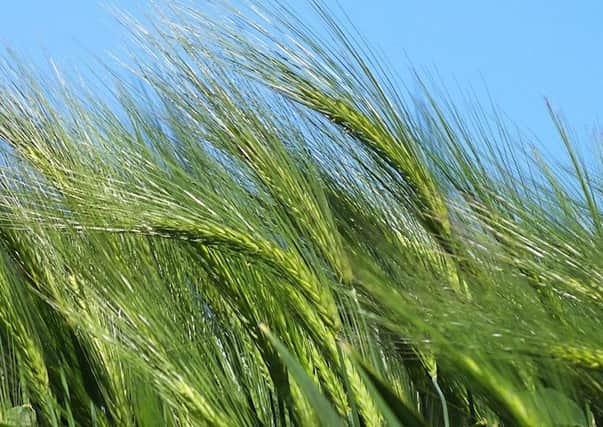Duns farmer shares national concerns at late spring


NFU Scotland has taken a snapshot of how cereal and fruit growers around the country are faring and the results suggest that a drier spell of weather in March allowed some progress with ploughing, sowing, muck-spreading and fertiliser application but cold, wet weather since then has been a setback and most are now resigned to a late spring.
Neil White, of Greenknowe, Duns, was one of the farmer taking part and reported things were very slow.
Advertisement
Hide AdAdvertisement
Hide Ad“Some beans, oats and a little barley has been sown but lower lying and early ploughed ground is still wet underneath,” Neil said. “This is the latest-ever sowing dates for most in the area and no sign at the moment of the weather settling into a drier trend.
“Winter crops look good having had their fertiliser and the slight rise in temperature has greened up some very yellow winter barleys. OSR is now growing away from the pigeons as other crops distract their attention. The main concern for most spring malting barley growers is a late sowing date can effect nitrogen content, often pushing it up.”
Highlights from the country-wide spring survey included the news that use of renewable energy to heat polytunnels had seen Scottish strawberries going into supermarket stores in the third week of March, the earliest ever. While the late, wet spring had implications for planned plantings of spring barley – Scotland’s largest crop and the mainstay of our whisky industry – crops of wheat, barley and oilseed rape planted last autumn appeared to have come through the winter relatively unscathed but were badly in need of rising temperatures to allow growth to resume.